Starting with 80 mink breeds
We visited Duc Thang civet farm when Mr. Nguyen Van Duc, the farm owner in Anh Hung village, Thuong Loc commune (Can Loc, Ha Tinh) was busy checking the breeding civets before selling them to civet farms.
Welcoming us, Mr. Duc enthusiastically shared that he is passionate about animal husbandry. In 2019, after going to the South with some friends to learn and gain experience at civet farms, he realized that this is a very effective animal husbandry model, bringing in high income. Returning to his hometown, when the procedures were licensed by the authorities, he invested more than 1 billion VND to rent 2 hectares of local land, bought 60 mother civets, 20 father civets and built 180 cages to start a business with this wild animal species.
Anh Duc invested in building a modern, closed barn system with a budget of billions of dong. Photo: Anh Nguyet.
In the early days of raising animals, Mr. Duc said he also encountered many difficulties, however, thanks to researching, learning and applying good breeding techniques, the civet herd has grown and developed more and more. By 2020, the farm was self-sufficient in breeding animals, Mr. Duc expanded the breeding cages by 200 more. Up to now, the farm has a scale of up to 3,000 cages with 700 mother civets, 200 father civets and regularly maintains more than 1,000 breeding civets.
To achieve the results as today, according to Mr. Duc, in addition to investing in barns, choosing the breed as well as managing and caring for minks is very important because minks are wild animals, requiring breeders to understand their characteristics.
To date, the farm has grown to 3,000 cages with 700 mother minks, 200 breeding father minks, and regularly maintains more than 1,000 breeding minks. Photo: Anh Nguyet.
The civet is timid, sleeps during the day and eats at night, so the cage must be in a quiet place, avoiding noise. Mr. Duc invested in building a modern, closed cage system with a budget of billions of dong. The cage is designed as an iron cage about 70cm high, about 1m2 wide, arranged on a shelf 30 - 50cm from the ground to keep it airy, avoid humidity and make it convenient to clean the cage.
In addition, Mr. Duc also installed cameras, heating bulbs in the winter, and ceiling fans in the summer in the cage. To facilitate the care process, he divided the cage into separate areas such as the individual breeding area, the parent ferret breeding area, the newborn ferret breeding area, etc. Depending on the stage of development, ferrets can be kept in cages in quantities of 1 to 2 or more.
Although civets are animals that rarely get sick, if they do get sick, it will be very difficult to treat them because there is no specific medicine. Therefore, according to Mr. Duc, for civets to grow healthily, they need a system of cages that are airy, cool in the summer, warm in the winter and always clean. Therefore, the cages must be cleaned every day, and disinfected every 4 to 5 days to limit disease.
The civet's food is mainly ripe bananas, chicken heads, chicken eggs and tilapia, ensuring cleanliness and safety. Photo: Anh Nguyet.
Leading scale in the country
According to Mr. Duc, raising civets is easy and leisurely if you know how. Civets eat very little, their main food is bananas, chicken heads, chicken eggs and tilapia... However, the food source for civets must be clean and safe. Therefore, foods such as eggs, chicken heads, tilapia... must be boiled, bananas must be ripe, safe and of good quality.
“For adult civets, you only need to feed them once a day in the afternoon. For small civets, you need to feed them twice a day, in the morning and evening. The cost of food for civets is not much, only about 3,000 - 4,000 VND/civet per day. Many households can even do this on a closed, self-sufficient basis to reduce costs,” said Mr. Duc.
To avoid intestinal diseases, drinking water for ferrets must be clean and carefully treated. In the summer, you can add electrolytes, vitamin C, and multivitamins to help ferrets grow better.
To keep mink healthy, the cages must be cleaned daily and disinfected every 4 to 5 days to limit disease. Photo: Anh Nguyet.
Another experience that Mr. Duc shared is that to have a quality source of breed, the male is still the key factor, the male must be big and strong to have high quality breed.
Regarding reproduction, domesticated female minks can reproduce after 8 - 10 months. Minks will give birth after about 2 months of pregnancy, each litter will have 2 - 6 minks. Breeding minks can be sold for 6 - 8 million VND/pair after 2 months, and 8 - 15 million VND/pair after 3 - 4 months. The price of breeding female minks is 20 - 25 million VND/mink, breeding male minks is 30 million VND/mink.
Every year, Duc Thang civet farm sells 2,000 - 3,000 civets to the market. In addition, the farm also cooperates with a number of other civet farms to provide breeding animals, design and construct cages, and transfer technology and purchase products for those who want to invest in raising this animal species.
Mink breeding can be sold for 6 - 8 million VND/pair after 2 months, and 8 - 15 million VND/pair after 3 - 4 months. Photo: Anh Nguyet.
Mr. Nguyen Hai, Vice Chairman of Thuong Loc Commune People's Committee said: "Duc Thang civet farm is a typical new model of agricultural economic development, creating jobs for many workers in the locality and neighboring areas.
In the coming time, the local government will coordinate with farm owners to organize for households to visit, learn, and replicate the model to promote the potential and advantages of the locality. However, to maintain and replicate the model, attention must be paid to a number of issues such as investment capital, science and technology in raising animals of wild origin, accumulating experience in raising and preventing diseases, and consumption markets.
Currently, Duc Thang civet farm sells its products nationwide, mainly in provinces such as Ha Tinh, Nghe An, Quang Binh, etc. With its current production scale, this is one of the largest civet farms in the country. After deducting expenses, the farm earns over 10 billion VND in profit each year, creating stable jobs for 10 workers with a salary of 15 million VND per month.
Source: https://nongnghiep.vn/ong-trum-chon-huong-khoi-nghiep-tu-80-con-chon-giong-d745654.html


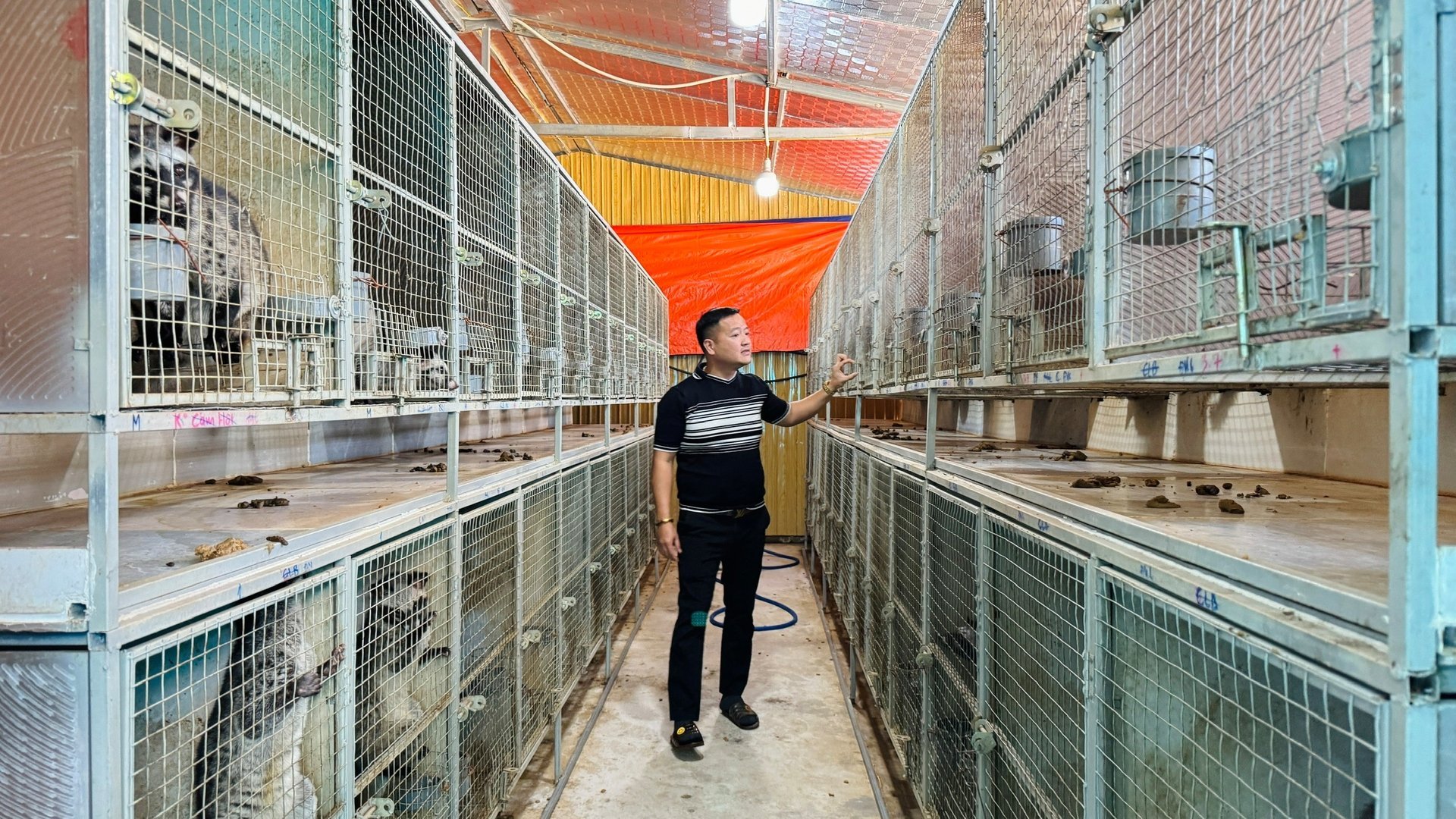
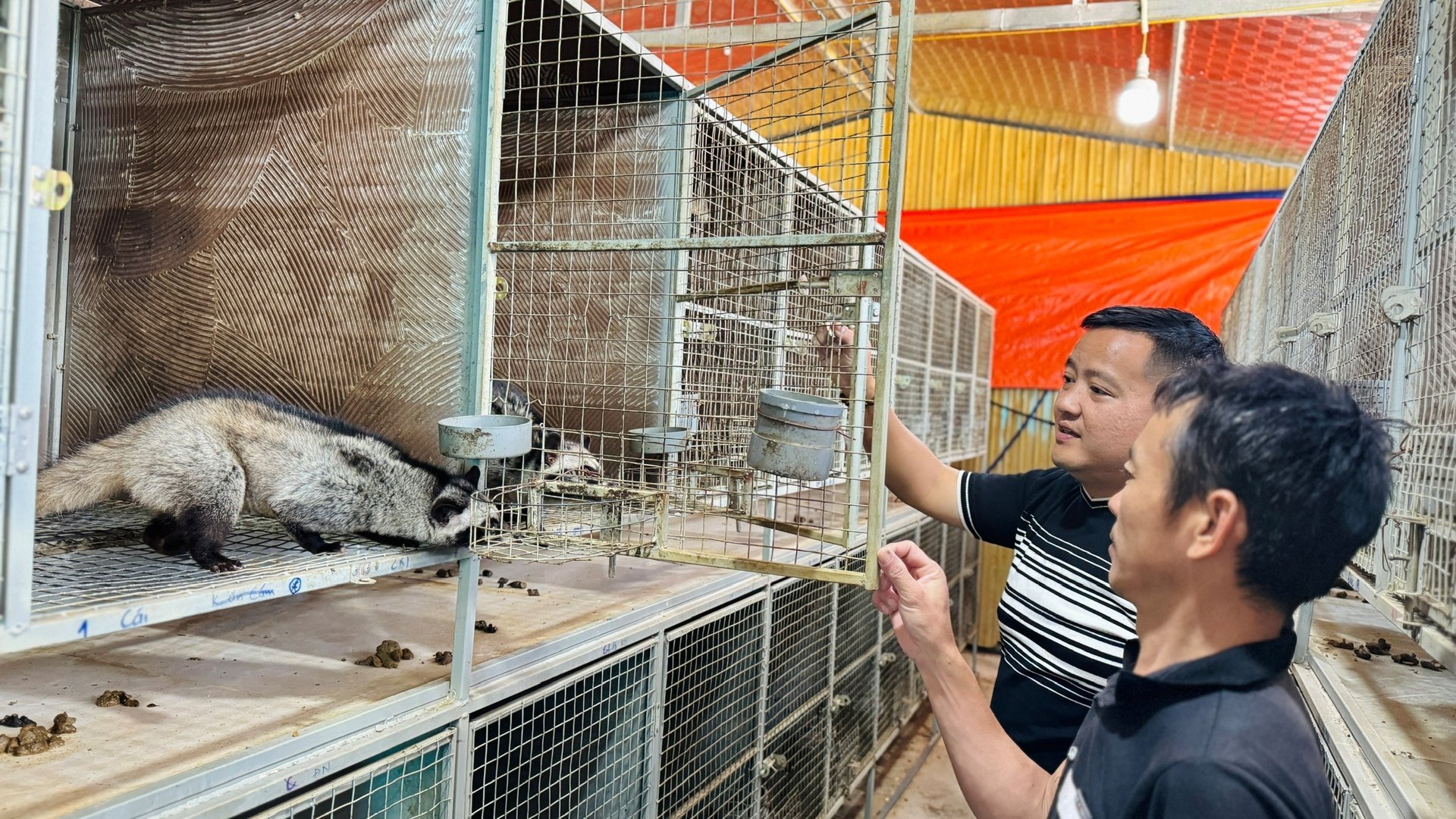
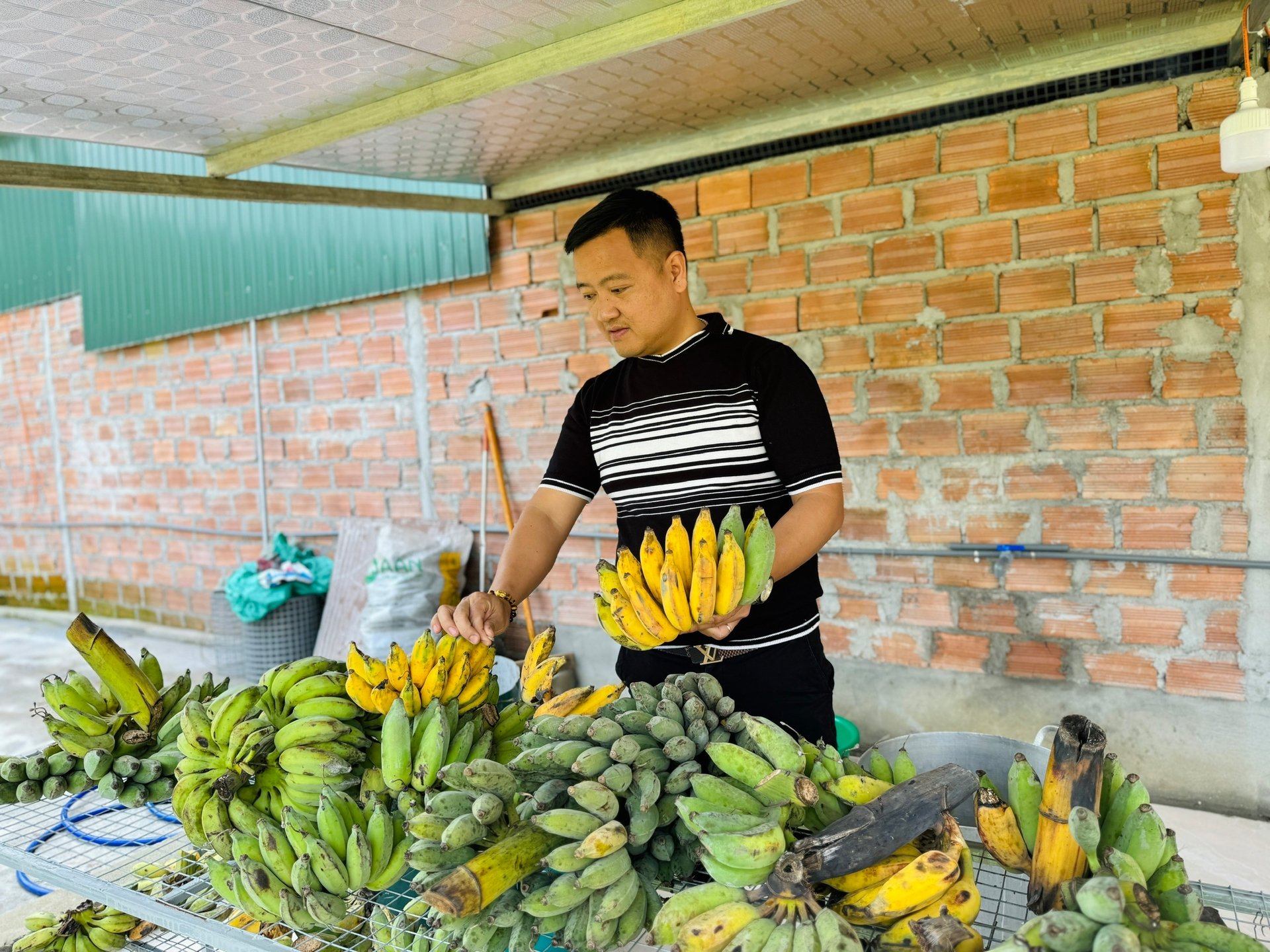
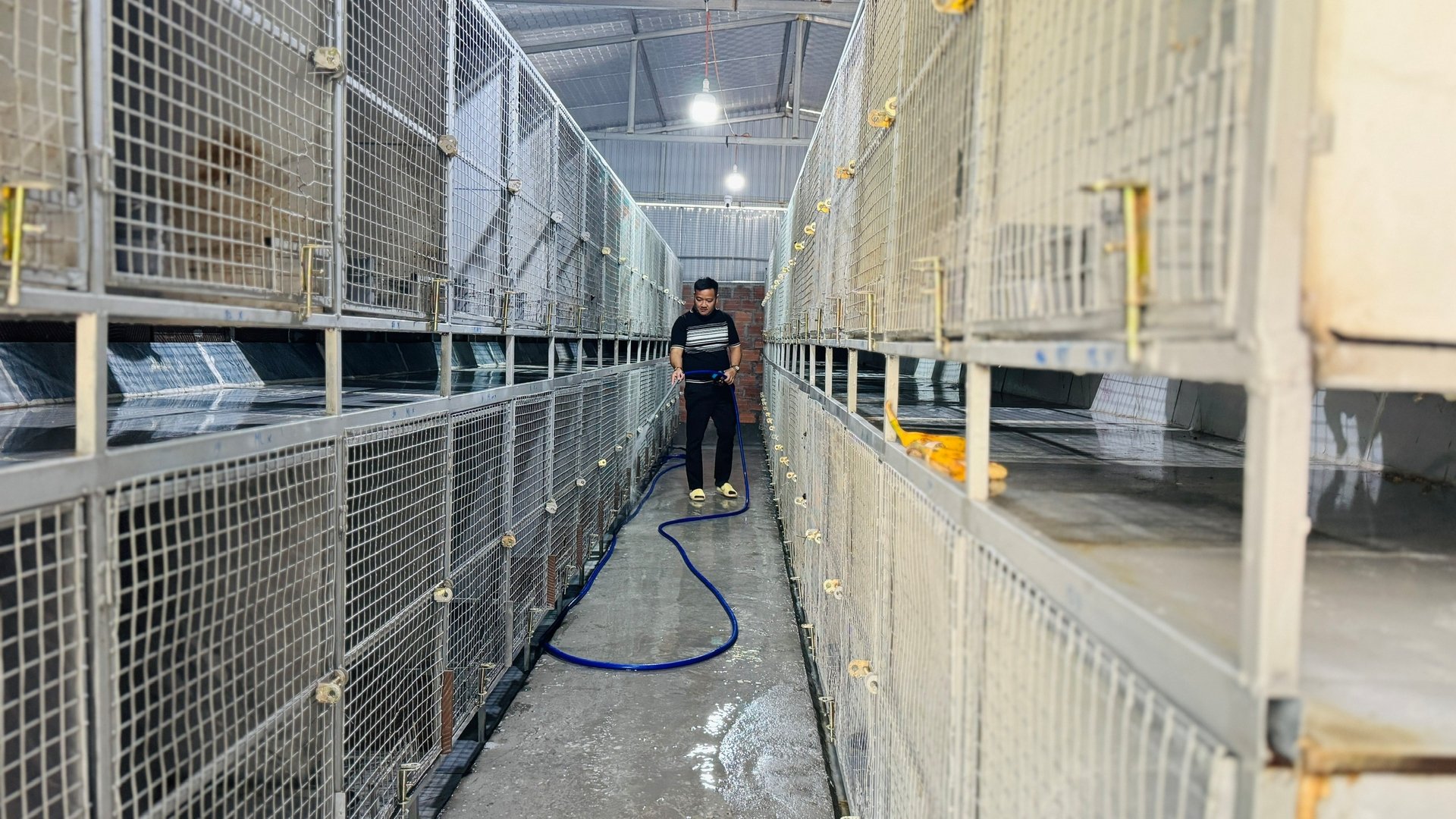
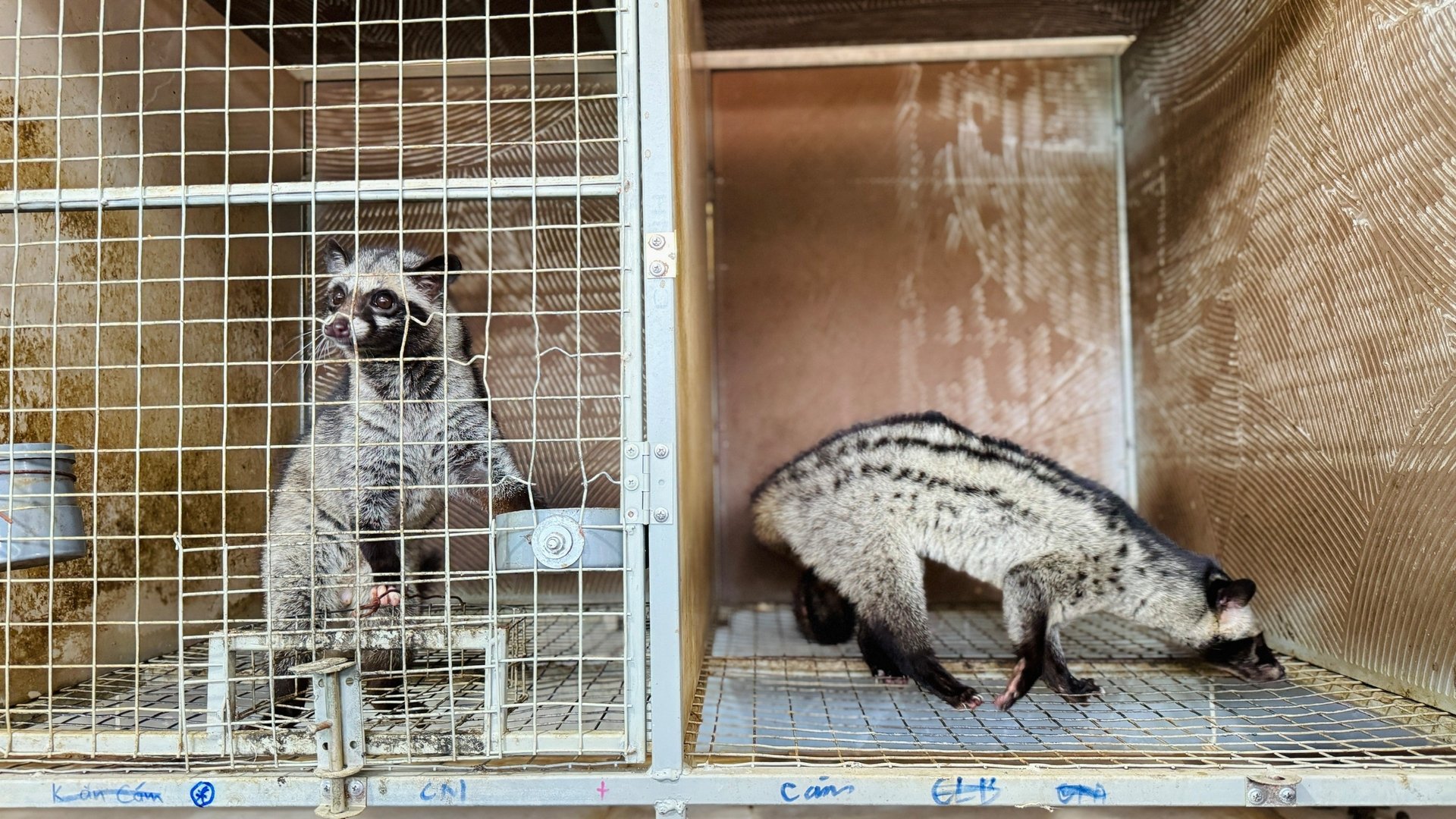










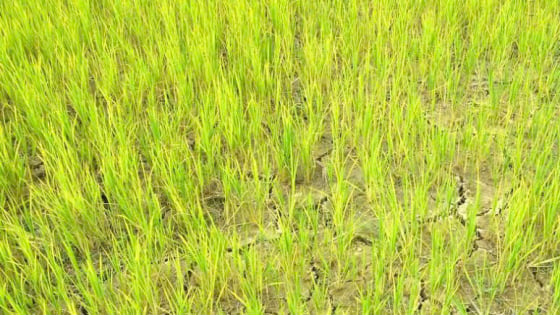
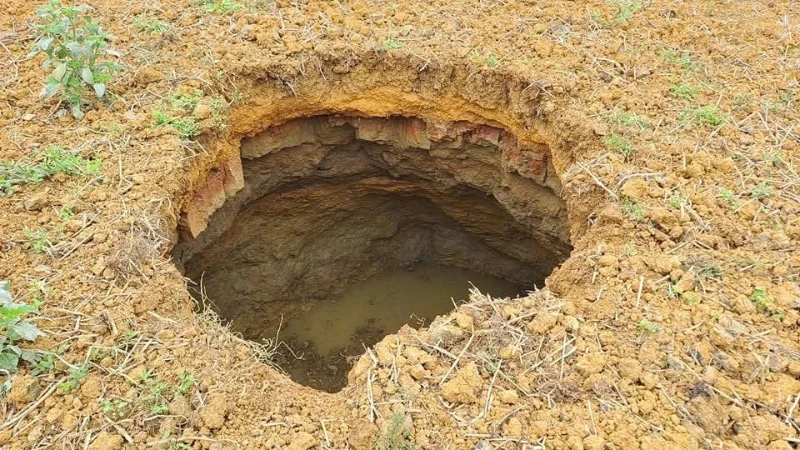


![Building the Vietnamese bird's nest brand: [Part 2] Taking off from 3 key factors](https://vstatic.vietnam.vn/vietnam/resource/IMAGE/2025/4/11/d663f78188744b9abaf7f7bda9d1f112)
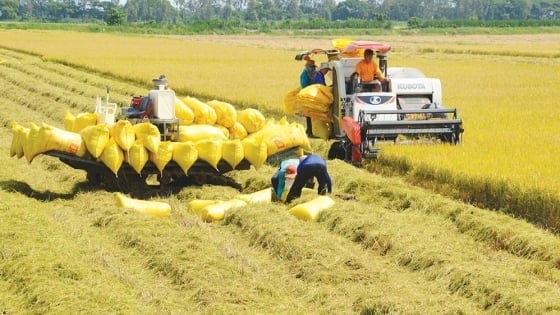
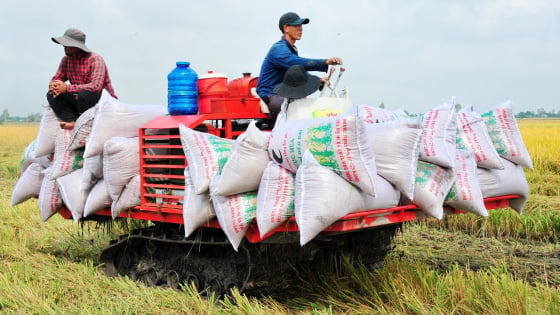
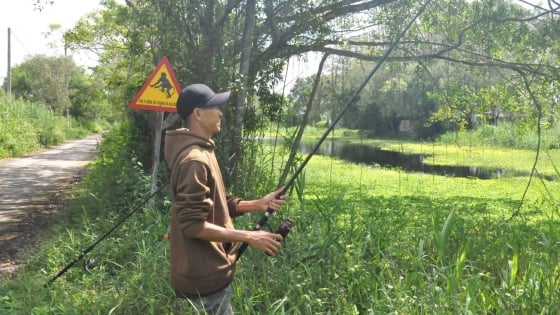

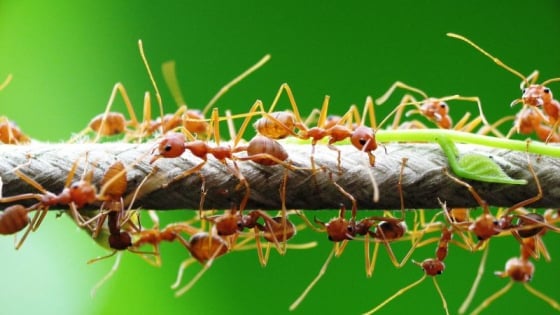

![[Photo] "Beauties" participate in the parade rehearsal at Bien Hoa airport](https://vstatic.vietnam.vn/vietnam/resource/IMAGE/2025/4/11/155502af3384431e918de0e2e585d13a)
















































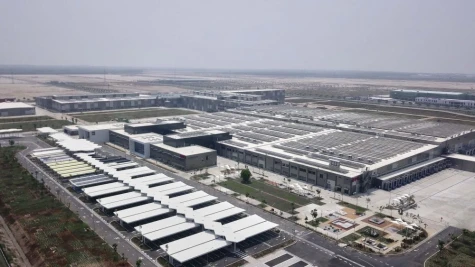












Comment (0)